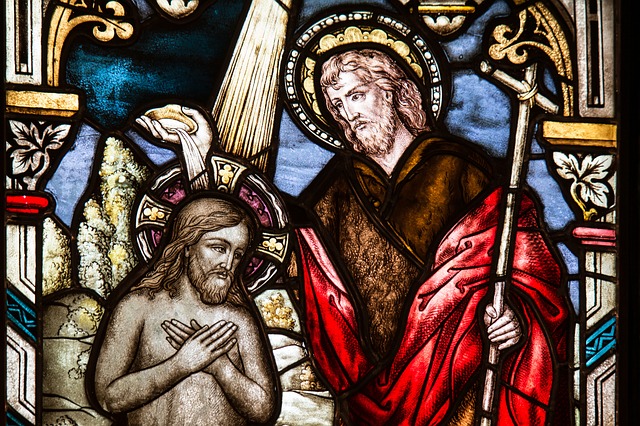
The stage prior to defining the idea is prefiguration.
The etymology of prefiguration leads us to the Latin word praefiguratio . The term refers to a representation that is carried out in advance .
An idea in advance
A prefiguration can be said to be an idea that is developed in advance about something. In some cases, a prefiguration is a kind of preview , while in others it is a scheme or a forecast .
In the field of design , for example, a drawing can be a prefiguration. This prefiguration is a projection tool that contributes to the structuring of an element or a space. It is believed that it is not possible to design or invent anything without this prior process, which draws on all the complementary knowledge to reach the point where the idea and the procedures to carry it out are defined.
Any commercial product we see around us, from the simplest (such as a coaster) to the most complex (a cutting-edge microprocessor), must be made from certain materials specifically chosen for their properties, their costs, and the impact they may have on the public. For example, the material may be more or less rigid, resist exposure to certain substances or temperatures, and appear more or less sophisticated.
This last point is very important as part of prefiguration: at this initial, almost unconscious stage of planning a product we cannot think of metal for a baby toy or plastic for a high-end television. We also take into account the objectives we wish to achieve and the degree of possibility offered by technology , for example: we do not envision a car that shrinks and fits into a pocket, but one that is aerodynamic, consumes little fuel and offers the greatest possible interior space.
For Christianity
In the context of Christianity , the prefiguration of the Church is often pointed out. In this sense, it is indicated that the Church is even prior to creation, since the universe was created by virtue of the Church. There is, therefore, a preexistence of the Church according to this belief.
This concept can also be interpreted in another way in the context of Christianity, by analyzing the religions that existed in previous centuries and millennia, to determine the degree of relationship that exists between them. Depending on the point of view, some consider that Christianity is the only one that should exist, and that all previous religions were nothing more than mere prefigurations of this one, as if they had all anticipated Jesus Christ.
But it is also possible to look at this phenomenon in another way, understanding the arrival of Christianity as a sort of evolution of pre-existing religions, which discarded what it considered incorrect and took the best of them and raised it to a higher level . If we refer momentarily to the section dedicated to design, we will remember that prefiguration is a stage of analysis and schematization prior to creation, in which the resources and their usefulness in achieving the objectives are taken into account; if the religions prior to Christianity were prefigurations of this one, then they would also be mere materials, insufficient in themselves to be at the same level as a complete religion.

Some believe that religions prior to Christianity anticipated it, were its prefigurations.
In politics
Prefiguration also appears in the political context in the form of anarchism and syndicalism . Specifically, a prefigurative policy is one that contemplates tactics and modes of organization that reflect what the desired future is like for the society in question.
Through this prefiguration, the aim is to anticipate the characteristics of the new society that is intended to be built in the practices that are currently implemented. Beyond this particularity, it is important to clarify that prefigurative politics does not have a direct correlation with the methods that emerge from the current political and socioeconomic system. What is intended, ultimately, is to prefigure a future egalitarian society with a current practice of direct democracy.
